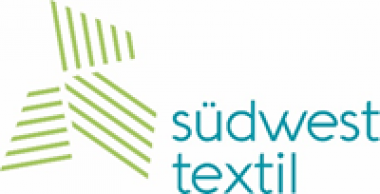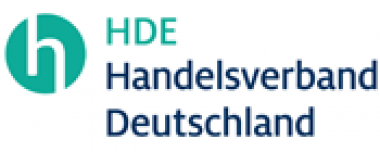RUDOLF: New Chief Financial Officer
RUDOLF, a leading global specialty chemicals company, announces the appointment of Anup Jain as Chief Financial Officer (CFO) and member of the Executive Leadership Team, effective June 1, 2025.
Anup joined RUDOLF in January 2024 and has since served as Asia Commercial Director, successfully advancing strategic projects, commercial alignment, and reporting structures across the region. Based in Singapore, Anup has played a pivotal role in enhancing the company’s commercial operations and establishing stronger synergies between global and local teams.
Anup on his new role: “I am truly honored to be appointed CFO. I look forward to working with the leadership team to further strengthen RUDOLF’s financial resilience and to contribute to its sustainable success.”
With a distinguished career in the specialty chemicals industry, Anup brings broad international leadership experience across Finance, Business Management, Commercial, and Supply Chain functions. Prior to joining RUDOLF, he held senior finance and operational roles at globally operating companies in India, Switzerland, and Singapore. He is a Chartered Accountant, holds an MBA, and is a trained Lean Six Sigma Black Belt.
Dr. Wolfgang A. Schumann, Co-Chairman of the Board of Directors says: “We are thrilled to welcome Anup to this new position. His deep understanding of our industry and his proven ability to lead finance functions in complex, international environments make him the ideal choice to support our growth strategy.”
Marcos Furrer, CEO of RUDOLF Holding SE & Co. KG, adds: “Anup is a strategic thinker with strong financial acumen and a collaborative leadership style. With him as CFO, we are well-positioned to align our financial strategy with our innovation roadmap and global expansion objectives.”
RUDOLF’s decision to elevate Anup to its Executive Leadership Team underlines the Group’s commitment to building a future-focused leadership structure capable of driving innovation, operational excellence, and long-term growth.































